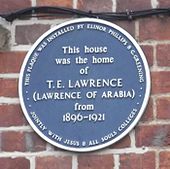
Wolvercote is a village that is part of the City of Oxford, England. It is about 3 miles (5 km) northwest of the city centre, on the northern edge of Wolvercote Common, which is itself north of Port Meadow and adjoins the River Thames.

North Oxford is a suburban part of the city of Oxford in England. It was owned for many centuries largely by St John's College, Oxford and many of the area's Victorian houses were initially sold on leasehold by the college.

Parks Road is a road in Oxford, England, with several Oxford University colleges along its route. It runs north–south from the Banbury Road and Norham Gardens at the northern end, where it continues into Bradmore Road, to the junction with Broad Street, Holywell Street and Catte Street to the south.

Holywell Street is a street in central Oxford, England. It runs east–west with Broad Street to the west and Longwall Street to the east. About halfway along, Mansfield Road adjoins to the north.

Northmoor Road is a residential street in North Oxford, England.

St Margaret's Road is a road in North Oxford, England.
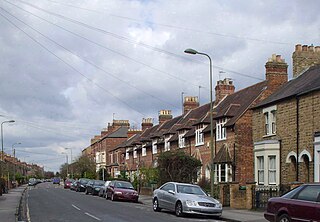
Kingston Road is a road in Oxford, England. It continues north from Walton Street, at the junction with Walton Well Road to the west and St Bernard's Road to the east, running parallel with and to the west of Woodstock Road. Kingston Road is the main road in Walton Manor. At the northern end, there is a staggered junction with Aristotle Lane to the west and Polstead Road to the east. The road continues as Hayfield Road. Southmoor Road and Southmoor Place lead off Kingston Road to the west.

St Michael's Street is a street in central Oxford, England. It runs between New Inn Hall Street to the west and Cornmarket to the east, with Ship Street almost opposite.

Glympton is a village and civil parish on the River Glyme about 3 miles (5 km) north of Woodstock, Oxfordshire. The 2001 Census recorded the parish's population as 80. The village and church are owned by the Glympton Park estate.

Polstead is a village and civil parish in the Babergh district of Suffolk, England. The village lies 3 miles (4.8 km) northeast of Nayland, 5 miles (8 km) southwest of Hadleigh and 9 miles (14 km) north of Colchester. It is situated on a small tributary stream of the River Stour. In 2011 the parish had a population of 851.

Sir Thomas Robert Tighe Chapman, 7th Baronet was an Anglo-Irish landowner, the last of the Chapman baronets of Killua Castle in County Westmeath, Ireland. For many years he lived under the name of Thomas Robert Lawrence, taking the name of his partner, Sarah Lawrence, the mother of his five sons, one of whom was T. E. Lawrence, also known as 'Lawrence of Arabia'.
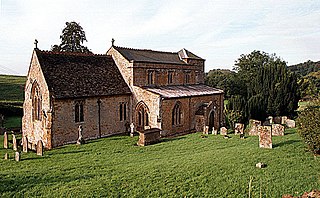
Drayton is a village and civil parish in the valley of the Sor Brook in Oxfordshire, about 2 miles (3 km) northwest of Banbury. The 2011 Census recorded the parish's population as 242.
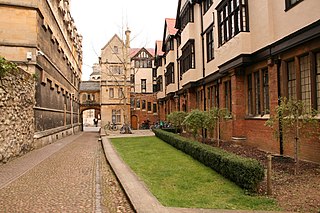
Harry Wilkinson Moore, FRIBA (1850–1915) was a Victorian and Edwardian architect. He was the son of Arthur Moore (1814–1873) and Mary Wilkinson (1821–1904), and a nephew of the architects George Wilkinson and William Wilkinson.
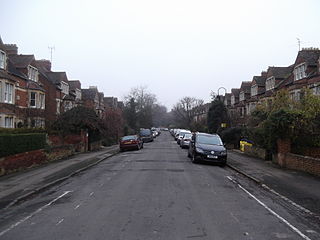
Chalfont Road is a road in Walton Manor, North Oxford, England.

Rawlinson Road is a residential road in North Oxford, England.

Arnold Walter Lawrence was a British authority on classical sculpture and architecture. He was Laurence Professor of Classical Archaeology at Cambridge University in the 1940s, and in the early 1950s in Accra he founded what later became the Ghana Museums and Monuments Board as well as the National Museum of Ghana. He was the youngest brother of T. E. Lawrence and his literary executor.

Walton Well Road is a road, about 400 metres long, near the centre of Oxford, England. It provides a link from central Oxford to Port Meadow.

Aristotle Lane is a road in north Oxford, England.

Hayfield Road is a residential road that runs north-south in Walton Manor, north Oxford, England.

Bradmore Road is a residential road in North Oxford, England.



